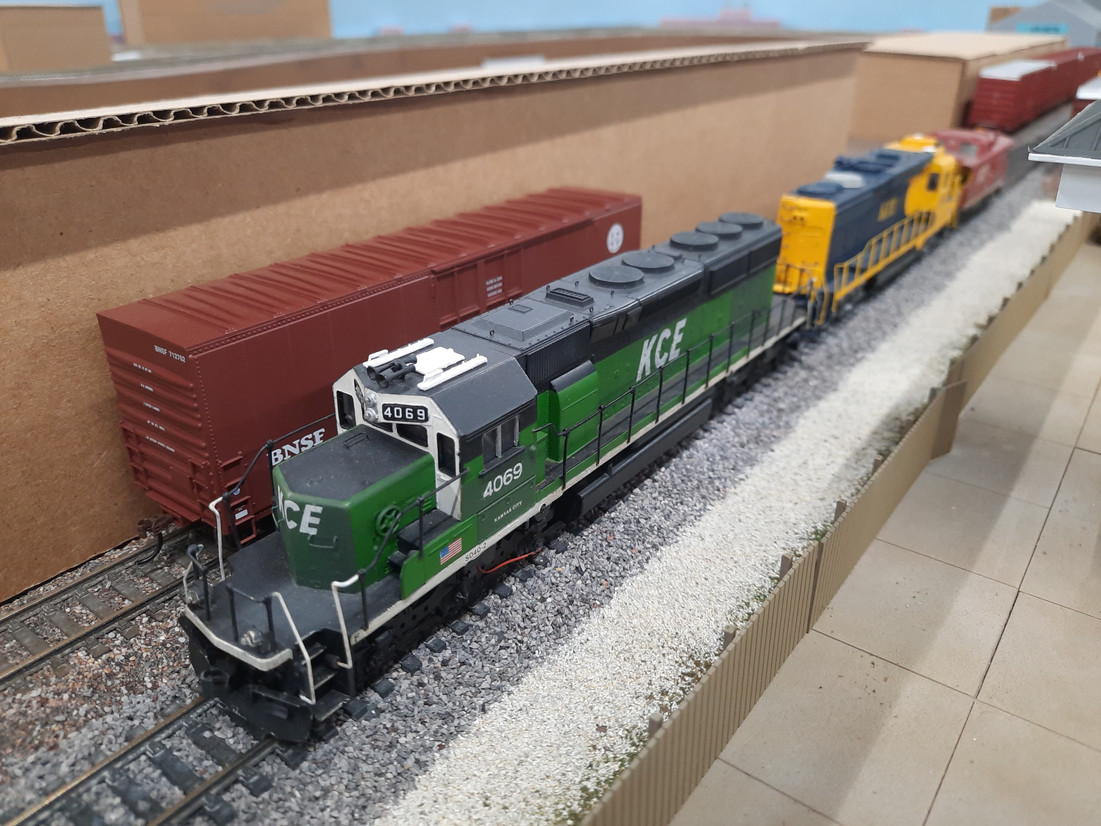Planning Your Model Railroad Layout
Model railroading is a fascinating hobby that allows enthusiasts to recreate miniature worlds with trains, landscapes, and structures. One of the most important aspects of building a successful model railroad is effective planning. A well-thought-out layout not only ensures smooth operation of trains but also provides an enjoyable and immersive experience for both the builder and viewers. In this article, we will discuss the key steps involved in planning your model railroad layout, focusing on setting goals and objectives, as well as designing a functional and aesthetically pleasing setup.
Setting Goals and Objectives for Your Layout
Before diving into the actual layout design, it is essential to establish clear goals and objectives for your model railroad. This will help guide your decisions throughout the planning process and ensure that your layout reflects your vision and preferences.
- Theme and Era: Decide on the theme and era for your layout. This could be based on a real-world location, a historical period, or even a fictional setting. Choosing a theme will influence the types of trains, scenery, and structures you incorporate into your layout.
- Scale: Select the scale for your model railroad. Common scales include HO, N, O, and G. Consider your available space and budget when making this decision, as larger scales may require more room and investment.
- Operating Style: Determine how you want your layout to operate. Some modelers focus on continuous running, while others prefer realistic operations with schedules, switching, and freight movements. Understanding your desired operating style will shape the layout's track plan and organization.
- Space and Constraints: Assess the space available for your model railroad and any potential constraints, such as room size, shape, or obstructions. This evaluation will influence the track plan and overall layout design.
- Budget and Timeframe: Set a budget for your project and establish a realistic timeframe for completion. Model railroading can be a long-term endeavor, so managing expectations in terms of cost and time is crucial.
- Learning and Skills: Consider your skill level and willingness to learn new techniques. Advanced layouts may require intricate scenery, electronics, and kit-building, while simpler layouts can be equally enjoyable for beginners.
Designing a Functional and Aesthetically Pleasing Layout
Once you have a clear set of goals and objectives, it's time to design your model railroad layout. Keep in mind that the design process may involve multiple iterations as you refine your ideas and consider practical factors.
- Track Plan: The track plan is the backbone of your layout. It outlines the arrangement of tracks, sidings, and turnouts. Consider the flow of the track, avoiding sharp curves or overly complex configurations that may hinder smooth train operation. Emphasize realism and functionality in your design.
- Focus Areas: Identify key focus areas in your layout, such as a bustling city scene, a rural countryside, or a detailed industrial area. Allocate more space and attention to these focal points to create a visually appealing and engaging experience.
- Scenery and Landscaping: Plan the scenery and landscaping to complement your theme and era. Use various materials like foam, plaster, and natural elements to craft realistic terrain, hills, valleys, and water features.
- Structures and Buildings: Integrate structures and buildings that fit the chosen theme and era. Research and select appropriate model kits or create custom structures to enhance the authenticity of your layout.
- Electronics and Automation: Consider incorporating electronics and automation to enhance the interactivity of your layout. This could include automatic signaling, lighting, and sound effects.
- Accessibility and Maintenance: Ensure easy access to all areas of your layout for maintenance and troubleshooting. Hidden tracks and tunnels should be reachable without excessive stretching or reaching.
- Flexibility and Expansion: Plan your layout with some flexibility, allowing for future expansions or modifications. As your skills and interests grow, you may want to add new features or extend the layout.
Planning your model railroad layout is an exciting and rewarding process. By setting clear goals and objectives, as well as designing a functional and aesthetically pleasing setup, you can create a captivating miniature world that reflects your passion for trains and modeling. Remember that patience and attention to detail are essential qualities in model railroading, and don't be afraid to experiment and adapt as you bring your vision to life. Happy modeling!
Recent Posts
-
Prototype Spotlight: GE ES44AC — Modeling a Modern Freight Workhorse
Prototype Spotlight: GE ES44AC — Modeling a Modern Freight Workhorse Published 2025-09-29• 8–10 min
-
How to Build a Realistic Freight Yard: Flow, Trackwork, and Car Management
How to Build a Realistic Freight Yard: Flow, Trackwork, and Car Management Published 2025-09-25 • 8
-
Scenery Basics: From Foam to Foliage — A Quick, Budget-Friendly Guide | Midwest Model Railroad
Modeling Tutorial Scenery Basics: From Foam to Foliage Published 2025-09-23 · 7–9 minute read Li




